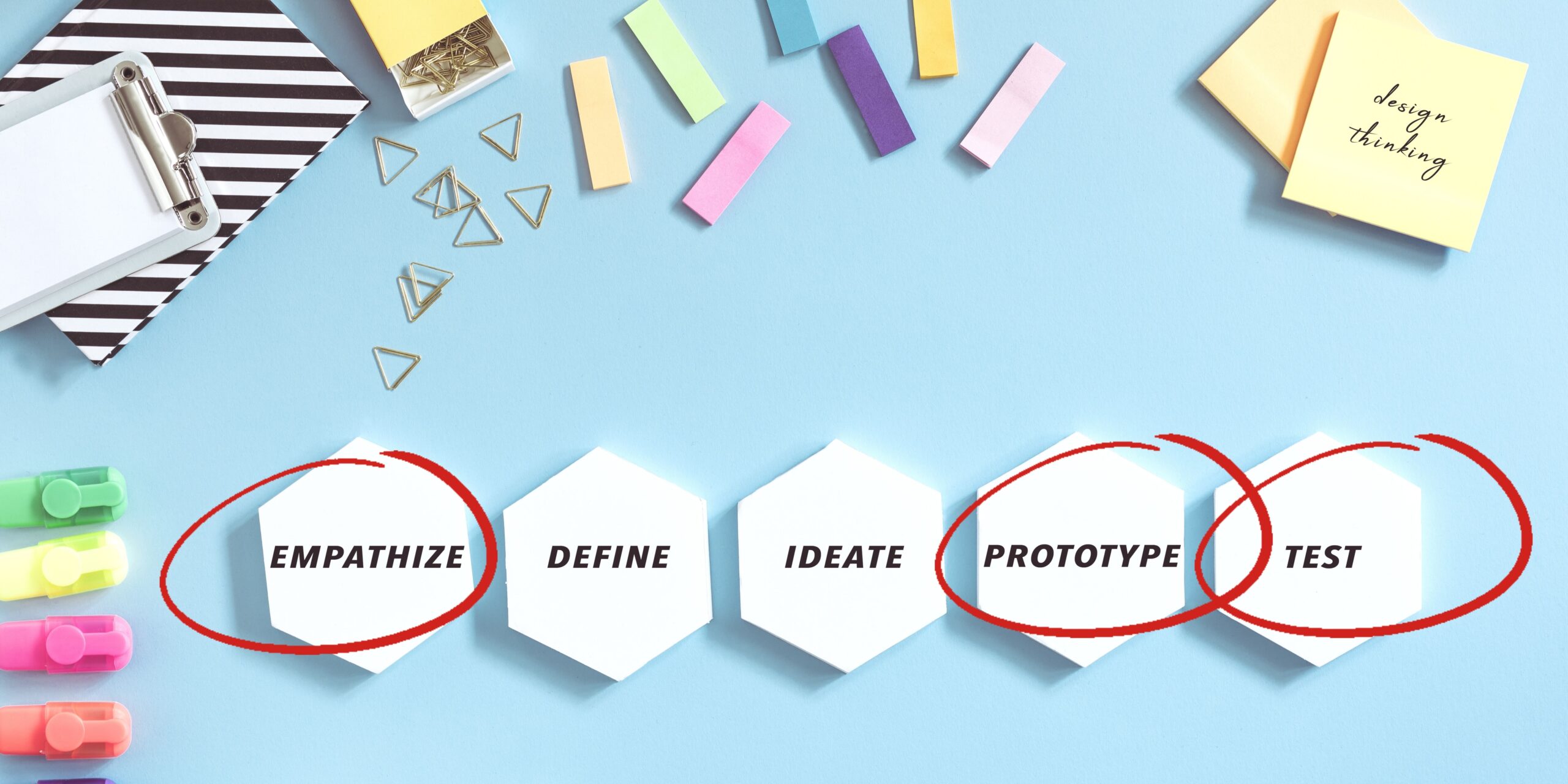Using design thinking to solve social problems you haven’t seen before
Here is a question for you as a social entrepreneur: When the COVID-19 pandemic hit the world and your own community, generating new social problems or giving new dimensions to old social problems, which were the studies, the best practices, models you used to see how you should get involved? Yes, it is more of a rhetorical question because this was the first pandemic of the globalized world we live in, with resources we have never had before, such as the Internet, high-tech, artificial intelligence, advanced medicine and molecular biology, etc., which social entrepreneurs could employ in their endeavor.
The journey from not knowing into knowing
In other words, no social entrepreneur could have had a pre-made solution to the problems generated by the COVID-19 outbreak in their community because they hadn’t seen these kinds of problems before. Still, we had people out there taking the initiative, trying out new things, coming up with solutions even though they really did not know what would work and what would not. What did these social entrepreneurs have? Some people will call it craziness, while the design thinking promoters and practitioners, such as Matt Rothe (2021)*, will say that these social entrepreneurs “had a type of confidence that comes from knowing you can tackle a problem you haven’t seen before” (p. 76), “taking the journey from not knowing into knowing” (p. 73), by using the fundamentals of design thinking process that help you learn quickly.
What happened in the communities, for instance, finding solutions to help the most vulnerable population, such as the elders, stay safe at home while still getting access to basic products and services during the lockdown, used consciously or unconsciously the design thinking process. The social entrepreneurs quickly empathized with the people who needed the help and defined the problems, generated ideas, tried them out with smaller groups, got feedback, redefined the problems, tried new ideas, learned again, improved ideas, prototyped again, tested, and implemented their ‘still learning’ solutions.
Why take this learning journey for your social business
Design thinking proves to be more useful than ever. The pandemic showed us that, more and more often, social entrepreneurs would need to tackle problems they had not seen before. They need to act, sometimes fast, without knowing things, but with great confidence that they can learn quickly and generate solutions to these problems.
How the design thinking mindset and process could help social entrepreneurs?
The design thinking process allows social entrepreneurs to explore the needs quickly and gain valuable insights from the community. Through fast methods and tools, such as interviews, focus groups, observation, story collection, visual representations, and so on, entrepreneurs can quickly identify needs and relevant information about what people say, do, think, and feel about specific issues and act upon.
It gives the social entrepreneurs the working structure, that learning process from not knowing into knowing, helping them reach their goals faster. The structure includes the following five steps: empathize with the users, define the problem, ideate – generate alternative solutions, prototype some of the ideas to get feedback from users and improve the solutions, and finally test the final solution before going big into the market.
The process gives social entrepreneurs the creative confidence to generate valuable and relevant ideas for their communities. Once they are correctly implemented, the empathize and the define phases provide the entrepreneurs with all the information and tools they need to brainstorm and generate alternative and innovative solutions for the social problem to be tackled.
The design thinking process teaches social entrepreneurs to approach the market wisely without risking their or the community’s resources on ideas that might not work. So, the alternative solutions are transformed into cheap and fast prototypes to get feedback from users before these are further developed in products or services ready to be tested for final revisions and only then fully implemented.
Data collected through the empathize step and the outcomes of the define and ideate steps might lead the social entrepreneurs to discover needs they never thought of before and generate ideas for products and services they would have never considered at the beginning of the process. Thus, innovation might come unexpectedly through trusting the design thinking process though.
*Matt Rothe, Learning How You Learn, in Sarah Stein Greenberg (2021), Creative Acts for Curious People. How to Think, Create, and Lead in Unconventional Ways, a Stanford d.school book.
**A version of this article also appeared on https://wegrowideas.eu/.
